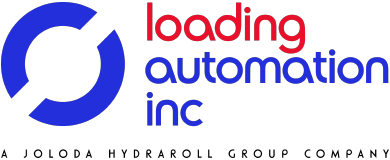Employee safety is paramount in every industry and a major concern for logistics operations. This is especially true when dealing with high customer demand and new employees. Risky areas, such as the loading bay, pose particular challenges.
According to Great Britain’s health and safety body, the Health and Safety Executive (HSE), there are 13 fatalities and 26,000 non-fatal injuries per year within the UK transportation and storage industry. The loading bay is very dangerous, with many accidents happening there. Our Sales Director, Wouter Satijn, explores safety in the loading bay further...
Book a FREE Loading Assessment
Learn how to make the loading process safer and more efficient with a no-obligation assessment...
BOOK NOW





